Updated
12 min read
A Guide to Machine Learning in Mobile App Development

Today’s mobile apps are built stronger and smarter than ever before thanks to newer technologies and methods in programming, like machine learning (ML).
These advancements in technology are improving the way we retain and draw in users.
I explore blockchain technology in mobile apps in this video.
ML makes apps more user-friendly and enhances the user experience.
It gives apps the ability to learn and improve based on experience.
In this article, we’re going to dive into the world of machine learning apps and the opportunities they hold.
Table of Contents
- What is Machine Learning?
- Yelp and ML – Image Processing
- Facebook and ML – Chatbot
- Twitter and ML – Timelines
- The Two Techniques of Machine Learning
- Supervised Learning
- Unsupervised Learning
- Reinforcement Learning
- Benefits of Machine Learning In Mobile Apps
- ML Improves Search Capabilities and Results
- ML Improves Predictive Analytics
- ML Makes it Easier to Detect Fraud
- ML Makes Ads More Relevant
- Downsides to Machine Learning
- Data Acquisition
- ML Takes Time
- ML is Susceptible to Errors
- Developers Need to Stay Updated

Chapter #1: What is Machine Learning?
Before we review the benefits of machine learning in mobile apps, I want to take a minute to review what it is and how it works.
Machine learning is a branch of computer science and artificial intelligence.
A Visualization of the Machine Learning Workflow
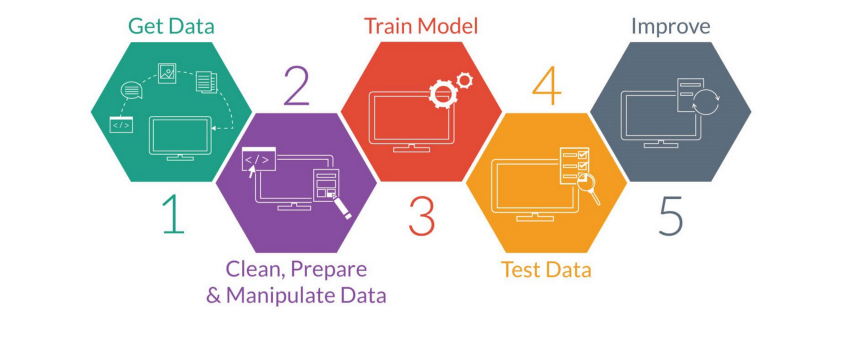
It focuses on the way we use data and algorithms with the goal of imitating real people to advance its accuracy. This ability to imitate humans can lead to a wealth of technological advantages, many of which companies are leveraging today, such as in self-driving cars or Netflix’s movie and TV show recommendation functionality.
In short, machine learning is an integral component in the field of data science and is used today to make predictions and classifications that can unearth important insights.
How Marketers Use Machine Learning

Let’s look at a few companies who are using ML.
PRO TIP:
ML can be used (and is used!) in a wide variety of industries, like healthcare, financial services, and more.
1.1 Yelp and ML – Image Processing
If you’ve ever used Yelp before, you can appreciate the importance of images when it comes to helping users make decisions about where they want to eat.
Images are a crucial component of Yelp, and so the company is always looking to improve the way they handle and process them.
Their ML algorithms help their staff categorize, compile, and label these images with much more efficiency.

1.2 Facebook and ML – Chatbot
It’s not surprising that a gargantuan company like Facebook is leveraging machine learning to improve the user experience.
Any company on Facebook can incorporate a chatbot feature on their business page, which is like an automated messenger that can respond to customers and improves their responses through ML.
How a Deep Learning Chatbot Works
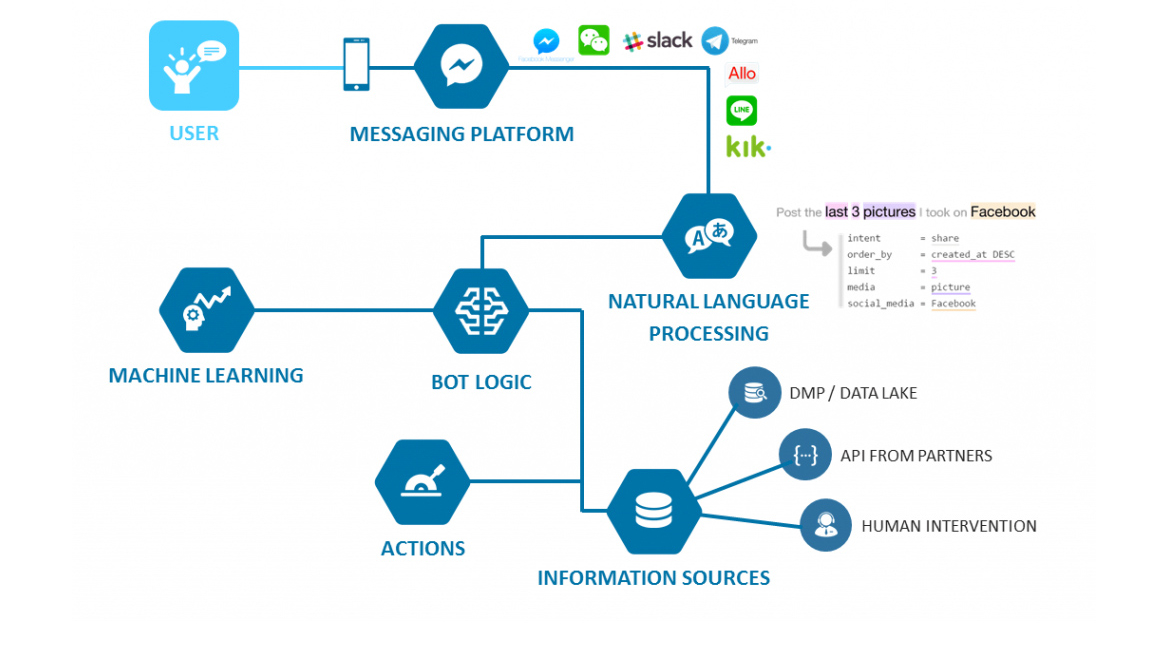
1.3 Pinterest and ML – Content Delivery
Since Pinterest is primary about curating content, it makes sense that they too would take advantage of machine learning to make the process as efficient as possible.
Using ML, Pinterest is able to more easily identify content that’s relevant to users’ previous pins and recommend that content to them, which gives users a more tailored experience.
Pinterest Acquires Machine Learning Company Kosei

1.4 Twitter and ML – Timelines
If you’re a Twitter user, then you’ve probably already experienced the ability to view your timeline by seeing popular tweets in your feed first and in a chronological order, all thanks to machine learning.
Twitter has an algorithm that assesses each and every tweet in real-time and ranks them according to several metrics.
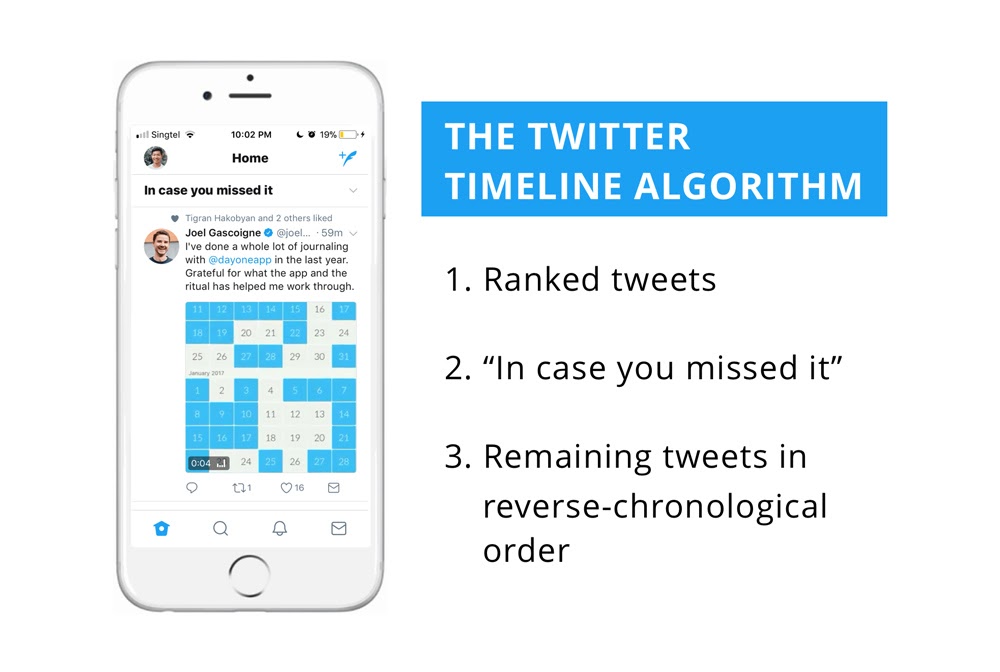
Tweets that are likely to result in the most user engagement are the ones displayed higher.
Chapter #2: The Two Techniques of Machine Learning
Machine learning uses two primary techniques: supervised learning and unsupervised learning.
As I review these two main techniques, keep in mind that ML is all about taking in input data and then processing that data.
Techniques in Machine Learning
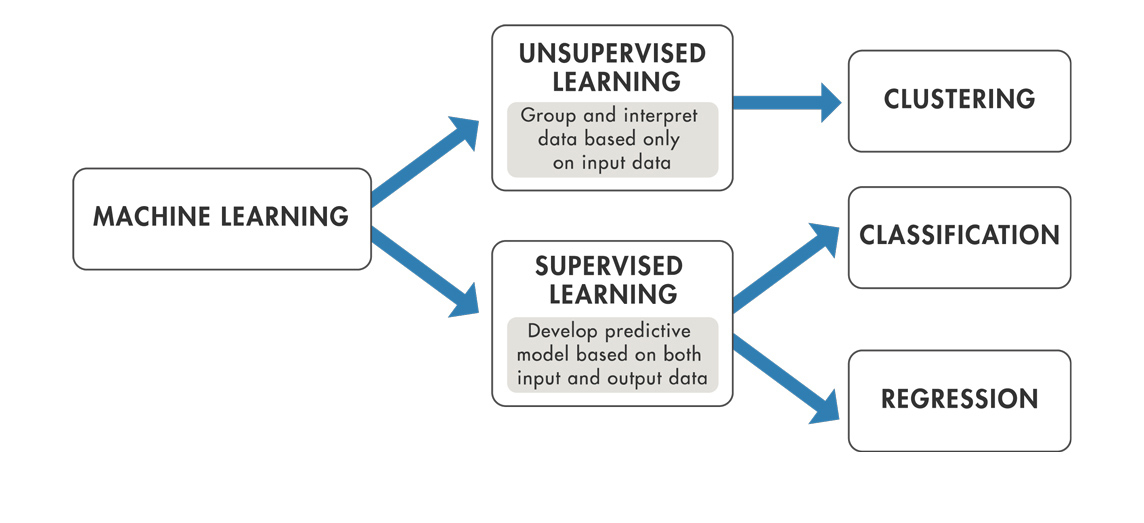
ML recognizes patterns and sorts out parts of the data that are most useful in making helpful decisions.
2.1 Supervised Learning
Supervised learning is a subset of machine learning and artificial intelligence. It uses labeled datasets to teach its algorithms data classification and predicting outcomes with accuracy. A big example of this that companies use to solve real-world problems would be the classification of spam and the ability to move spam into a separate folder in your inbox.
This is supervised learning.
The machine learns by receiving input repeatedly and being penalized when the answer is incorrect. As this happens over and over, the algorithm learns to become more accurate and eventually give the right answer consistently.
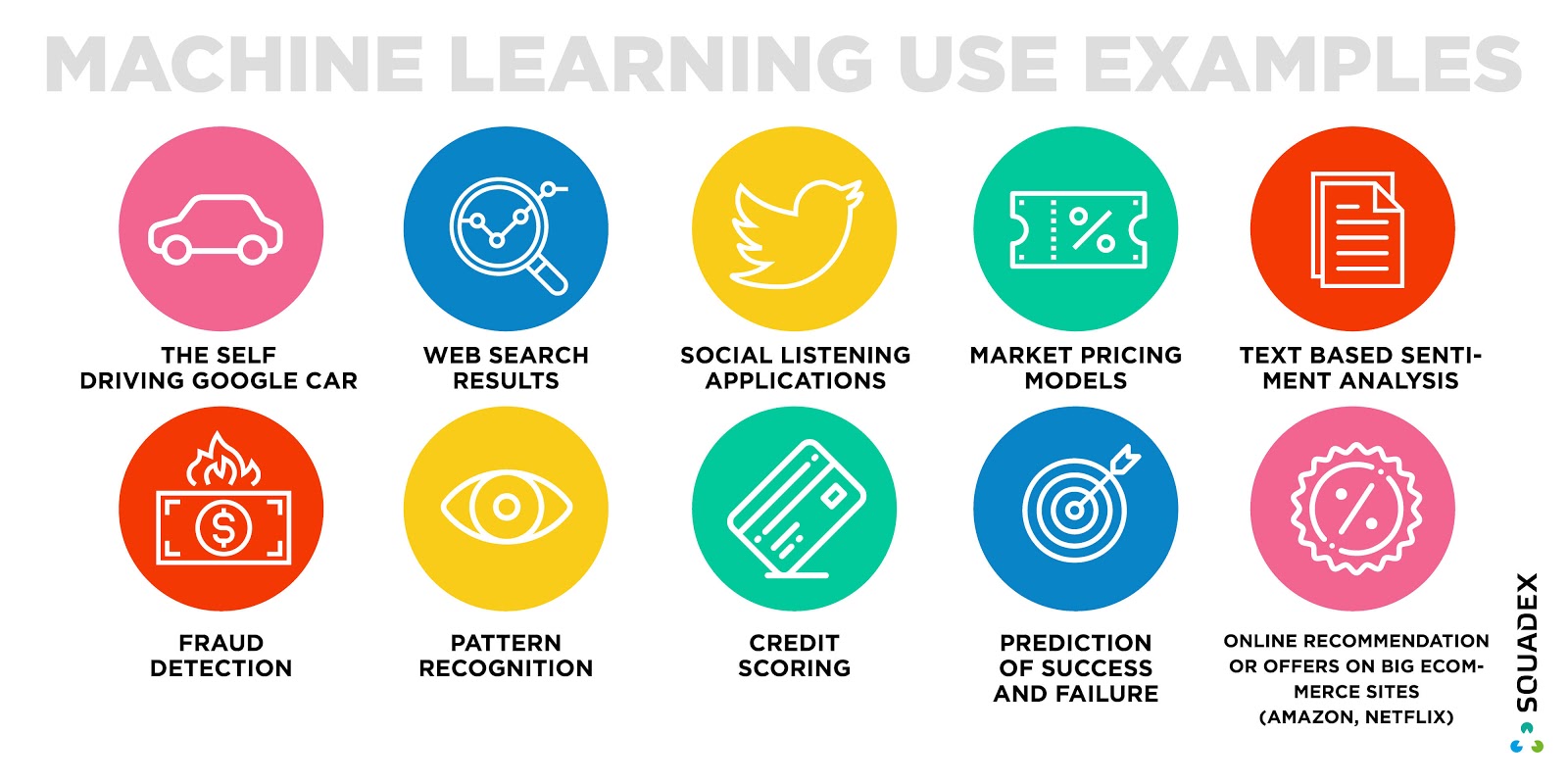
It’s actually very similar to how humans learn in real life.
Another example of supervised learning is when it comes to predicting the prices for homes.
How it works is you gather data about the houses, like how big they are, the number of rooms, features, and so on.
Next, you need the prices of these houses, which would be the corresponding labels.
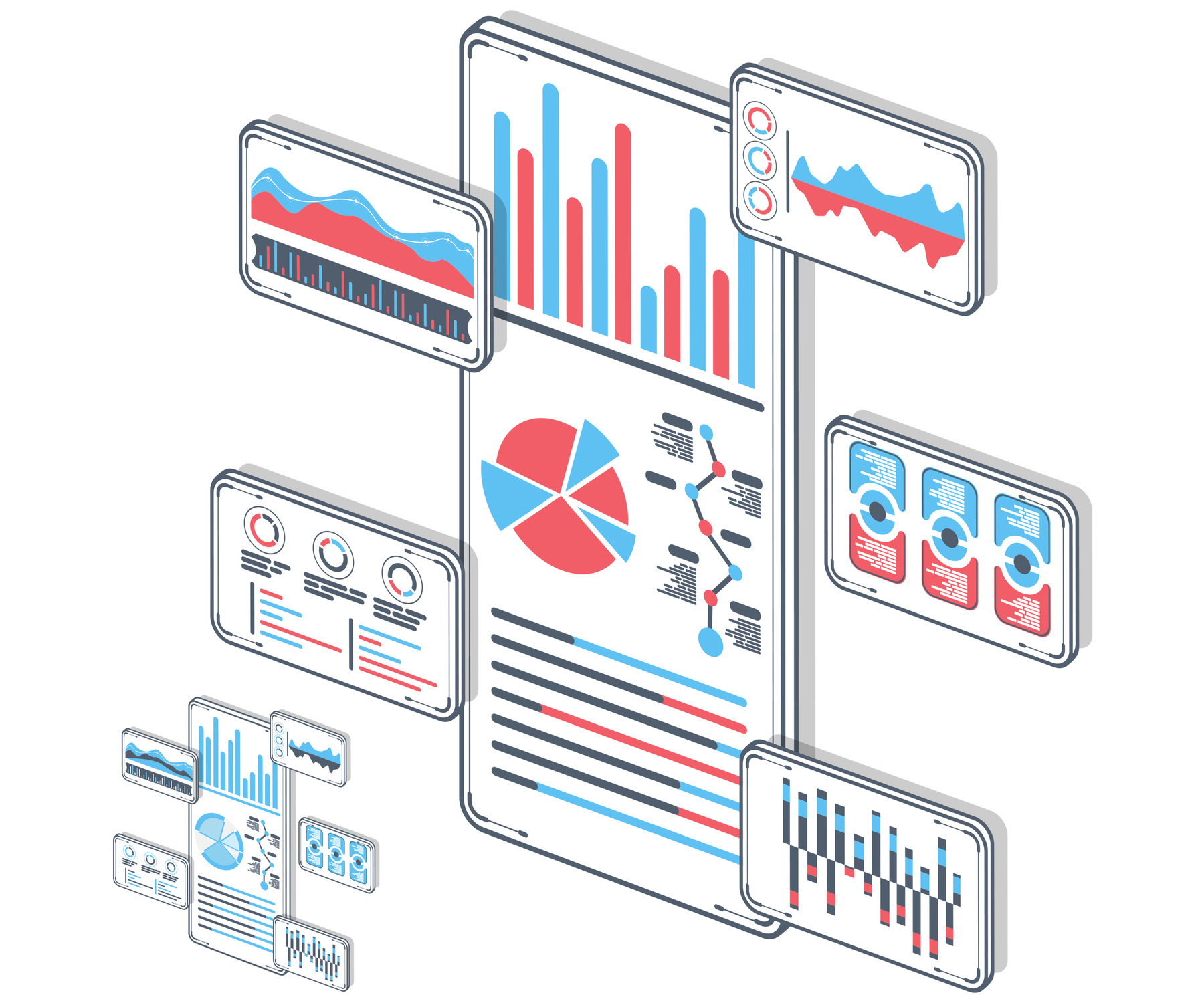
By using data coming from thousands of houses, you can now train a machine to predict the pricing on new houses (which is unseen data) based on the example data.
2.2 Unsupervised Learning
With unsupervised learning, the idea is to have machines produce helpful output for problems we don’t have the answer to.
To do this, machines will look for trends and patterns when provided with unlabeled data as the input.
Unsupervised Learning

That process of finding and recognizing patterns is how the machine makes sense of the data.
Imagine a baby has a pet dog.
She knows this dog and is able to identify it.
Some time later, you introduce a new dog to play with the baby, one the baby has never seen before.
While the baby doesn’t know this dog, it has observations it can rely on as reference points, like the fact that the dog has four legs to walk on, two ears, fur, and so on.
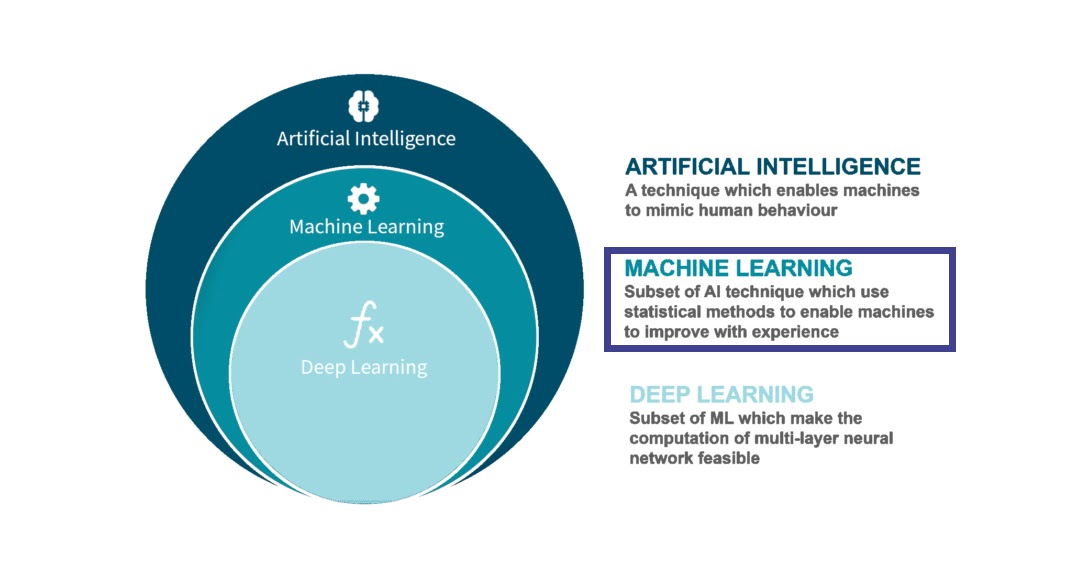
The baby can identify that this is a new dog.
This is how unsupervised learning works.
A machine isn’t taught something specific but it can learn from data, as in this case with the baby and the dog.
If this was an example of supervised learning, the baby would be told that it’s a dog.
2.3 Reinforcement Learning
While supervised and unsupervised machine learning are the main techniques that are being used, there are others.
Reinforcement Learning Flow
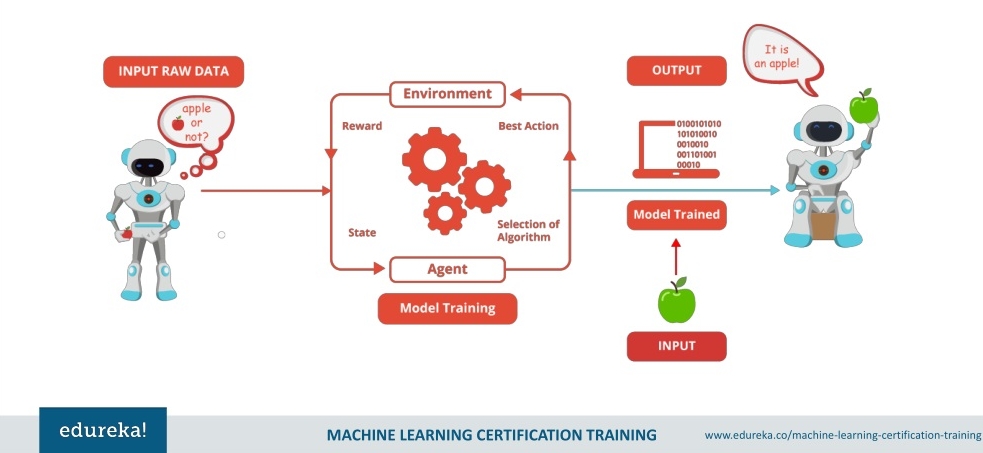
Reinforcement Learning is another widely used method of ML.
With this technique, algorithms are trained to make decisions based on the environment.
The machine is able to make a series of decisions that yields a reward metric for the task without the need for human intervention and without being specifically programmed to do so.
Reinforcement Learning Flow
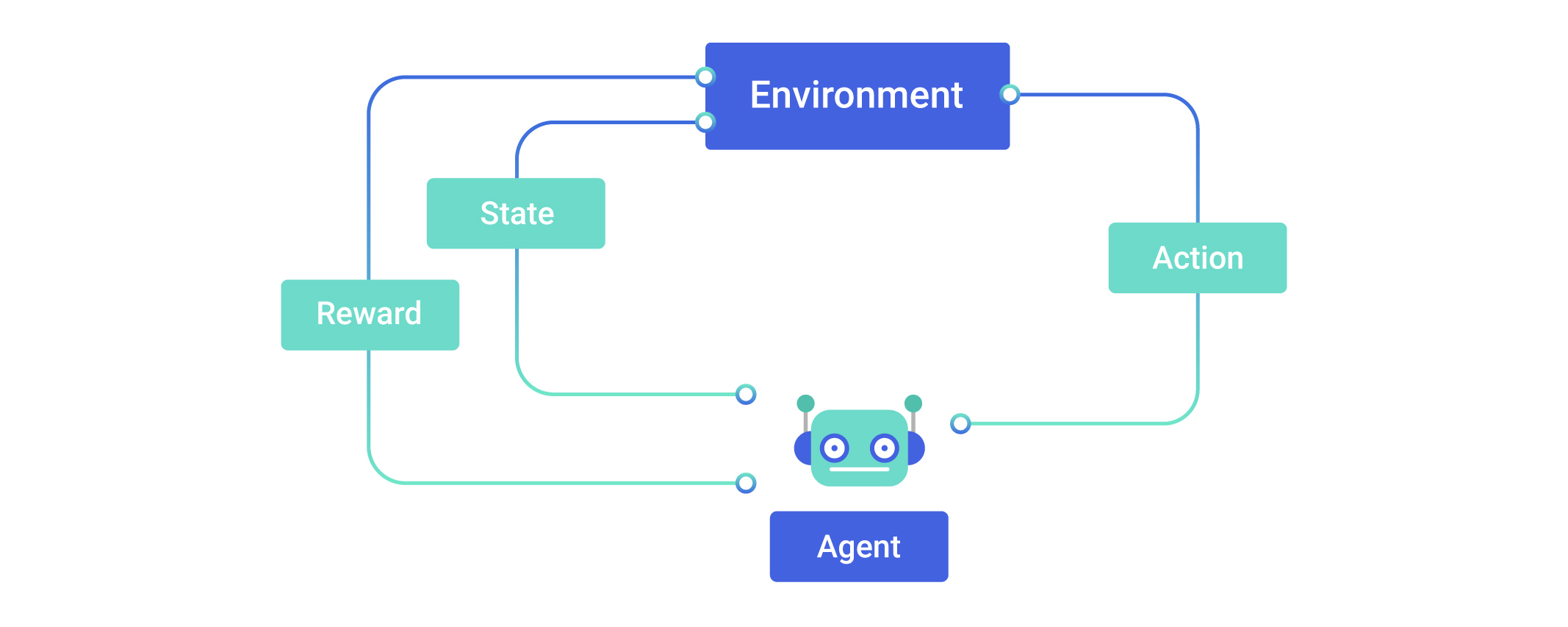
You’ll often see this method of ML in AI programmed games, like online Chess where a bot is able to beat a human through reinforcement learning.
Unlike supervised and unsupervised learning, reinforcement learning doesn’t rely on a static dataset but rather it functions in a dynamic environment where it constantly learns from the experience it has.
PRO TIP:
There’s a variety of ML techniques. Take time to consider which would benefit your mobile app project most.
Chapter #3: Benefits of Machine Learning In Mobile Apps
Machine learning is a powerful programming technique that will require a specialized skillset from the developers working on your app, but it may just be worth it if you consider the benefits.
Let’s take a look at how ML can benefit a mobile app project.
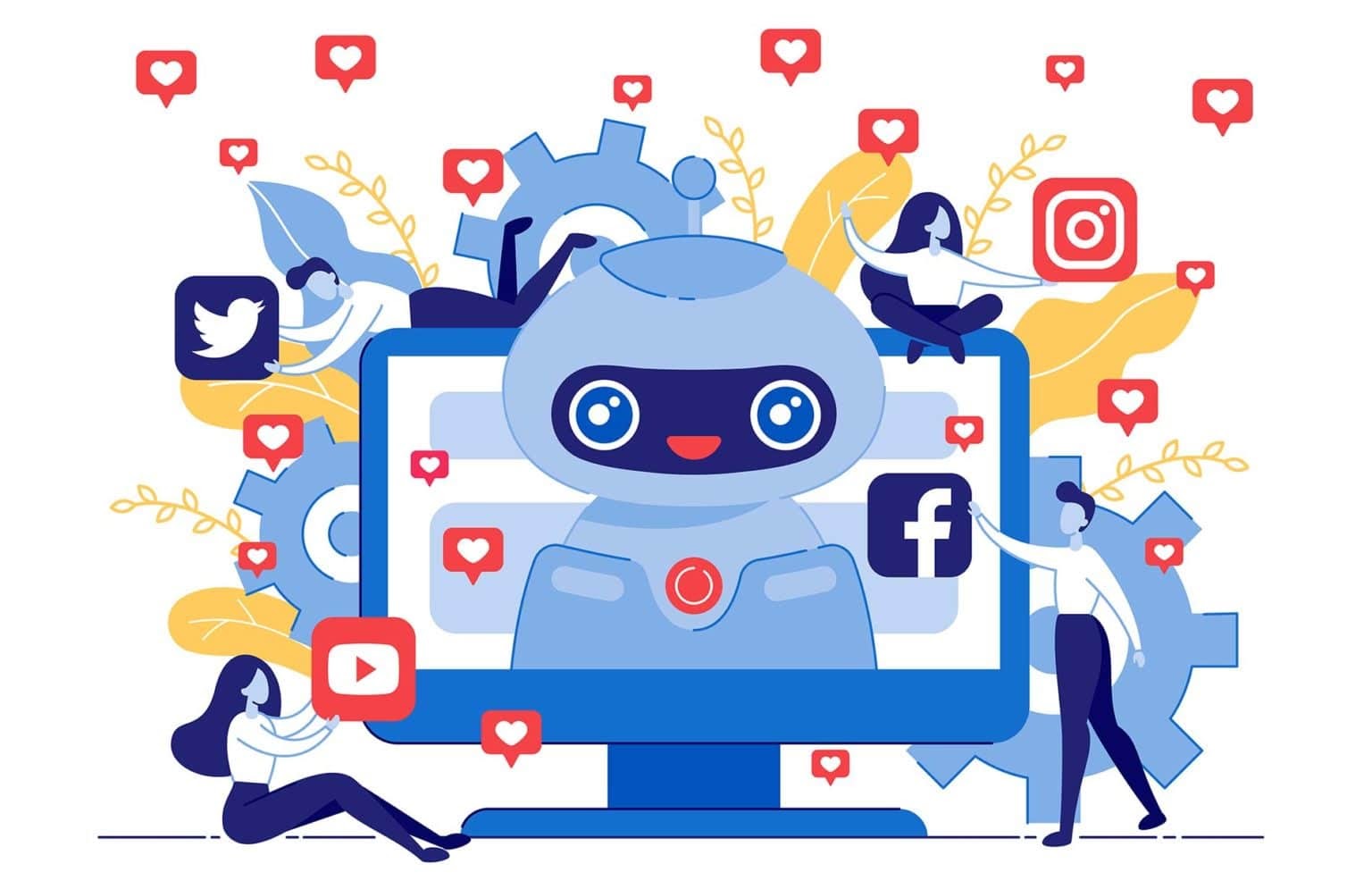
3.1 ML Improves Search Capabilities and Results
It’s important for search capabilities and results to continue improving, and ML does just that.
It has the ability to improve search results through pattern detection, which can help filter out spam and duplicate content.
Not only that, but ML also has the ability to “learn” about a specific user’s preferences and can base its results on previous queries to produce the most interesting and relevant information.

3.2 ML Improves Predictive Analytics
Predictive analytics is not the same thing as machine learning, but they do go hand-in-hand and work best together.
It allows companies to get the most out of their data by using more advanced algorithms, like Decision Trees or Random Forest.
Since ML is self-learning, it automatically improves itself in response to pattern changes in the data.
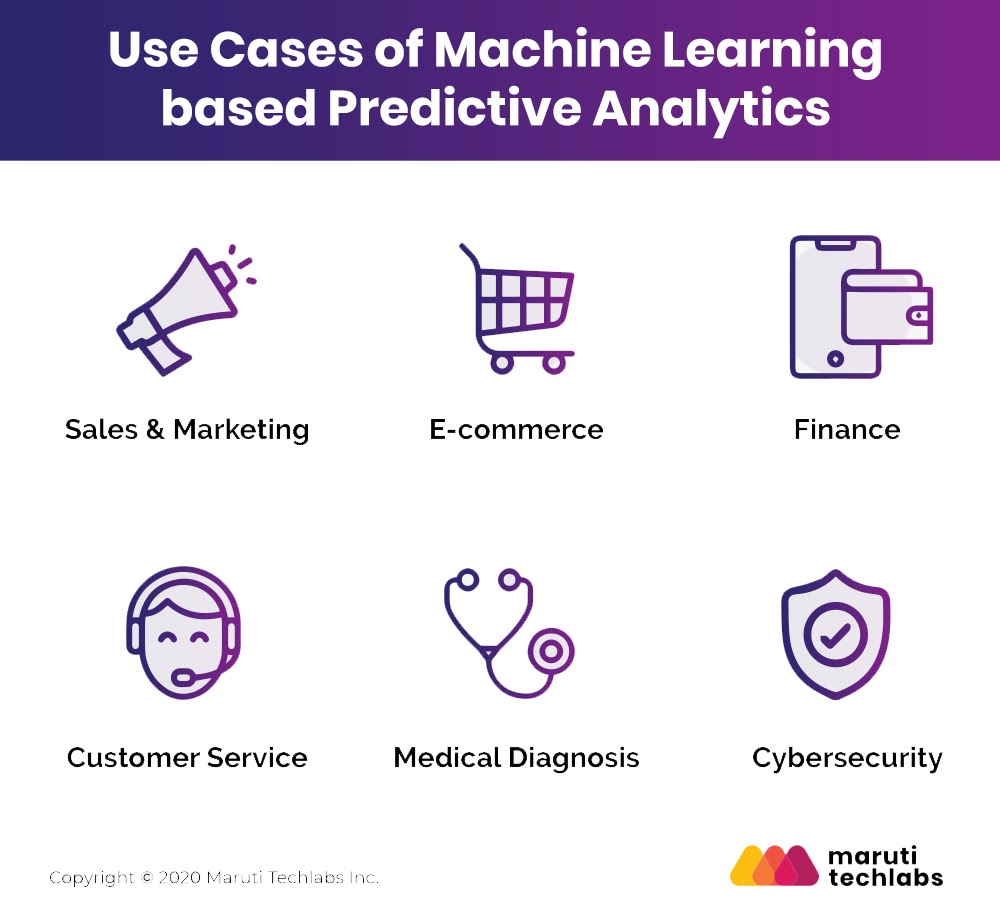
Predictions guided by this kind of “intelligent” approach is a much more proficient analytics tool than when using conventional methods.
3.3 ML Makes it Easier to Detect Fraud
The financial industry (among others) is rife with fraud, and ML, while not perfect, has helped detect fraud much quicker.

This leads to users losing trust in online and mobile banking, which can have a significant impact on customer retention, growth, and conversions.
ML’s ability to learn from patterns and trends help detect fraudulent activity.
Fraud Detection Solution for E-Commerce Credit Card Transactions

3.4 ML Makes Ads Relevant
Every company, including mobile apps, strive to make the advertisements they show users as relevant as possible.
Gone are the days where your computer screen or mobile device presents you with ads that have nothing to do with your interests.
ML has made a huge impact on how companies personalize and target ads.
Using ML, you’ll be able to learn how customers react to various promotions, the actions they take on seeing ads, and more to continue improving the experience.
Showing users ads that connect to their needs increases your chances of conversions.
Chapter #4: Downsides to Machine Learning
You’ve probably figured out by now how powerful machine learning is in mobile app development.
ML can be automated and doesn’t require human intervention.
It’s constantly improving and becoming more accurate as its algorithms gain more experience.
eBay’s ShopBot Using Machine Learning
And, of course, it has such a wide array of applications.
While the pros generally outweigh the cons, here are a few disadvantages of ML.
4.1 Data Acquisition
To do its job well, ML requires a massive amount of data sets to train on, which need to be high-quality.
Sometimes it’ll even need to wait for new data to be generated.

4.2 ML Takes Time
For it to be truly efficient and accurate, ML needs time to let its algorithms learn and improve enough that it fulfills its purpose.
Remember, ML is only useful when it’s accurate and relevant.
It also requires a ton of resources in order to function.
4.3 ML is Susceptible to Errors
Machine learning can be highly susceptible to errors.
For example, if you train a machine learning algorithm with data sets that aren’t large enough to be inclusive, you’ll end up with biased and inaccurate results.

This could lead to irrelevant ads being presented to users and so on.
These errors can lead to more errors which can go undetected for a long time, and once the error is caught, it can take time to find the source and correct it.
3 Machine Learning Statistics You Should Know About
4.4 Developers Need to Stay Updated
ML is an ever-evolving field, and so it requires app developers to stay abreast of any latest developments and updates in the field.
Not every developer knows how to build a mobile app using the latest ML programming techniques, so you can expect to pay more for skilled developers.

Final Thoughts
Machine learning has gained significant traction in the past decade and it’s no wonder why.
ML algorithms can detect trends and patterns with ease, and it’s constantly improving.
But just like anything else, it has its downsides that go with it, like taking time and resources.
Yet still, Netflix, Amazon, Facebook—nearly every major company uses machine learning in some form or another.
If you’re not sure how to best integrate ML into your app, or even if you should, our Simple Starter package can help you iron out the complex details of your project so you can avoid common pitfalls and set the stage for a successful app development process.
How will you leverage machine learning in your next mobile app project?




Your inbox wants some love.
Stay informed with Webiotic latest










0 Comments